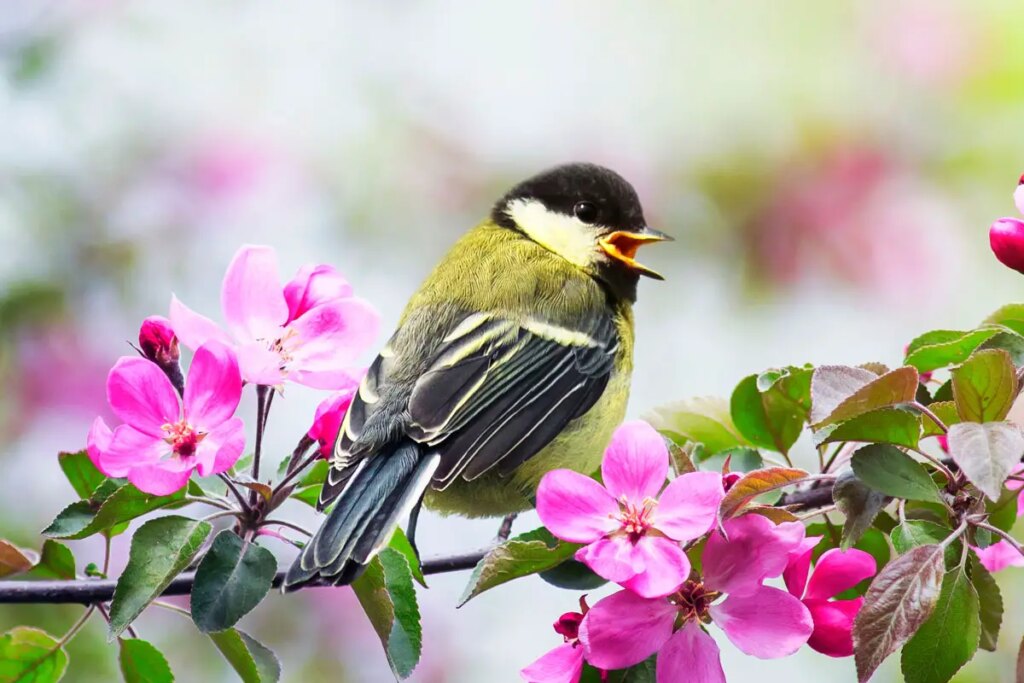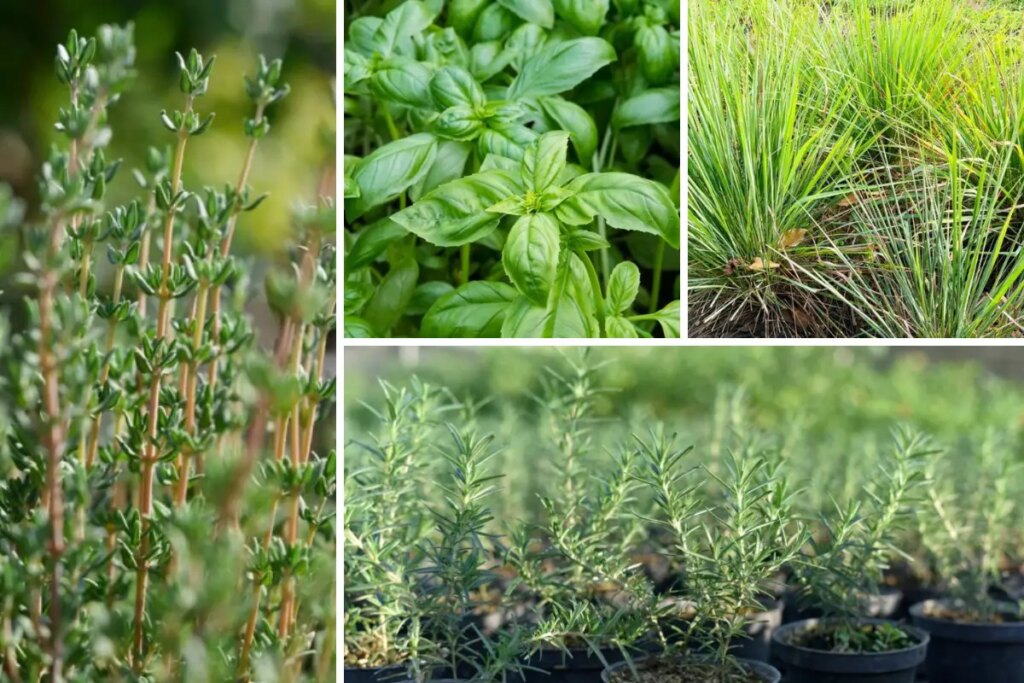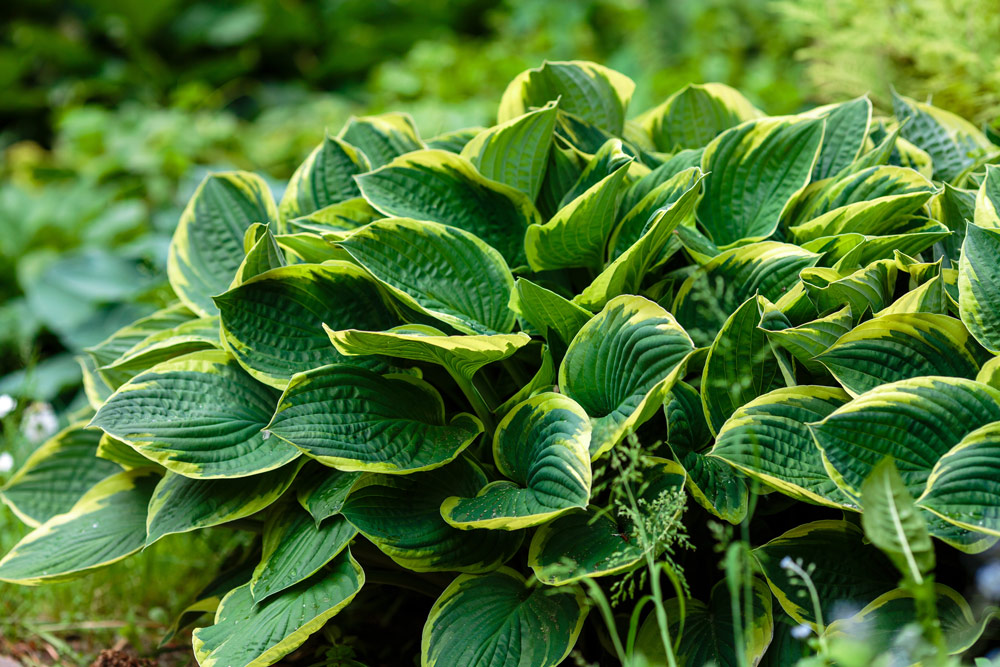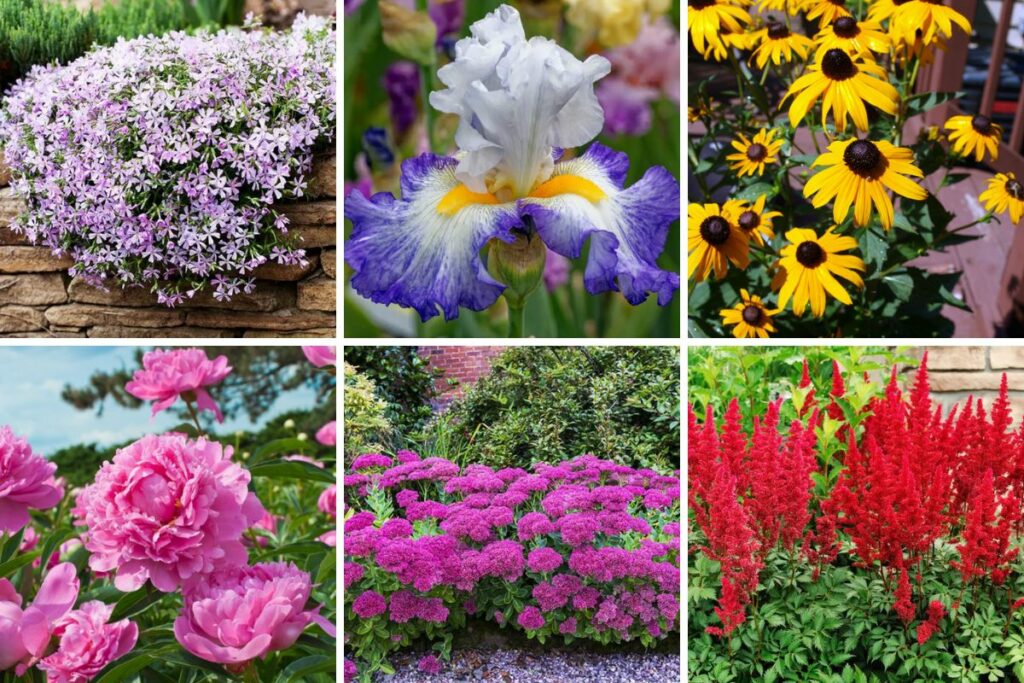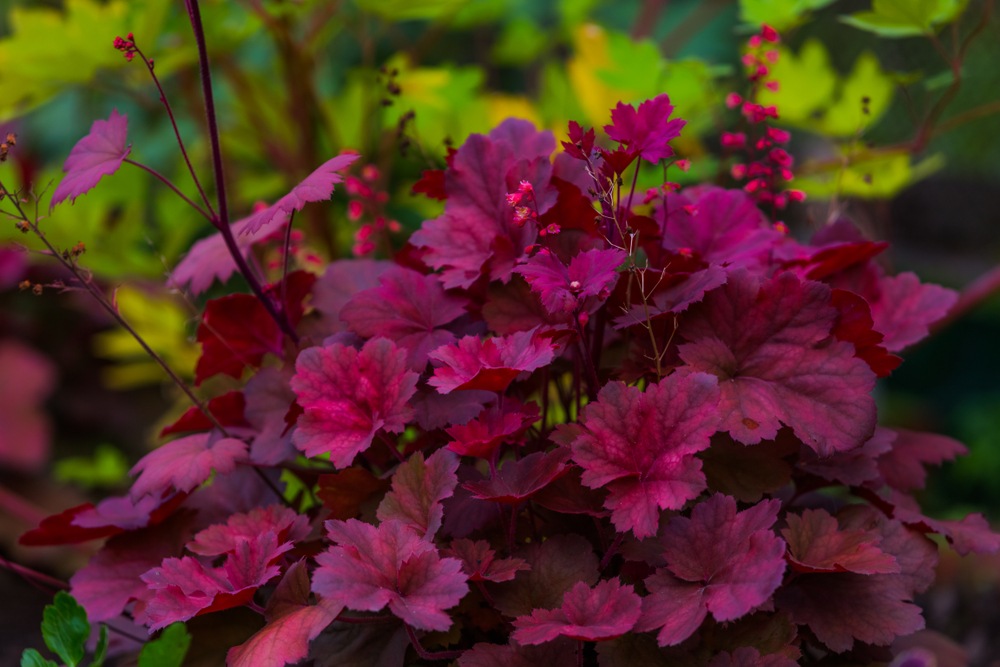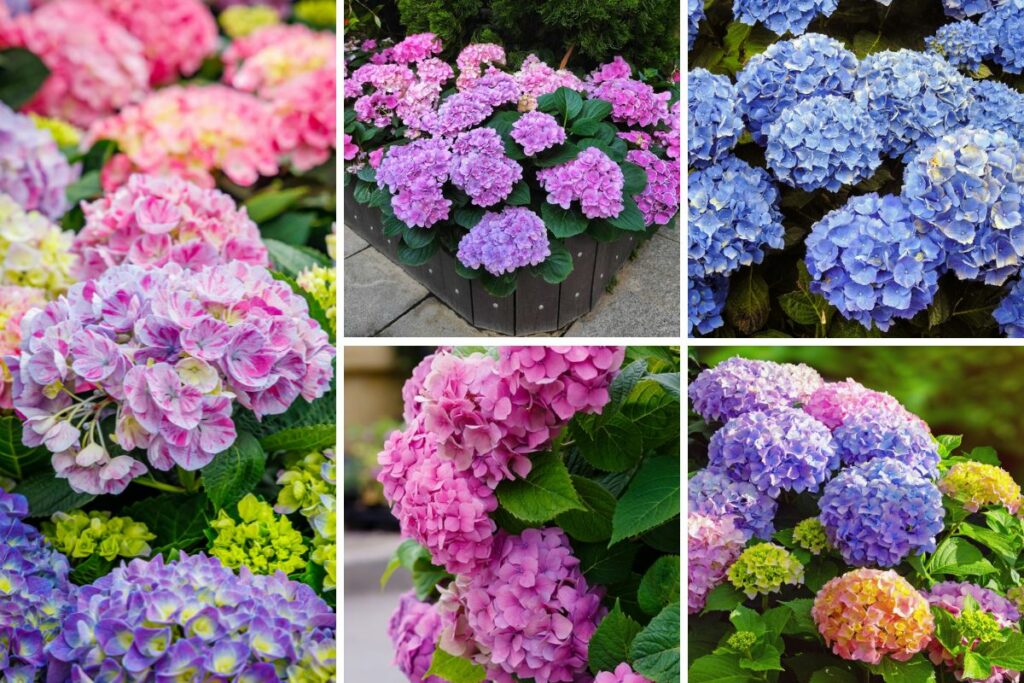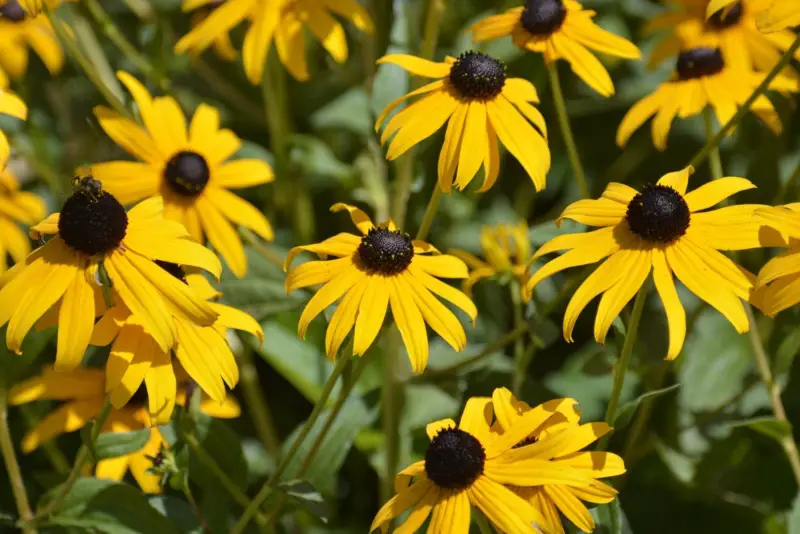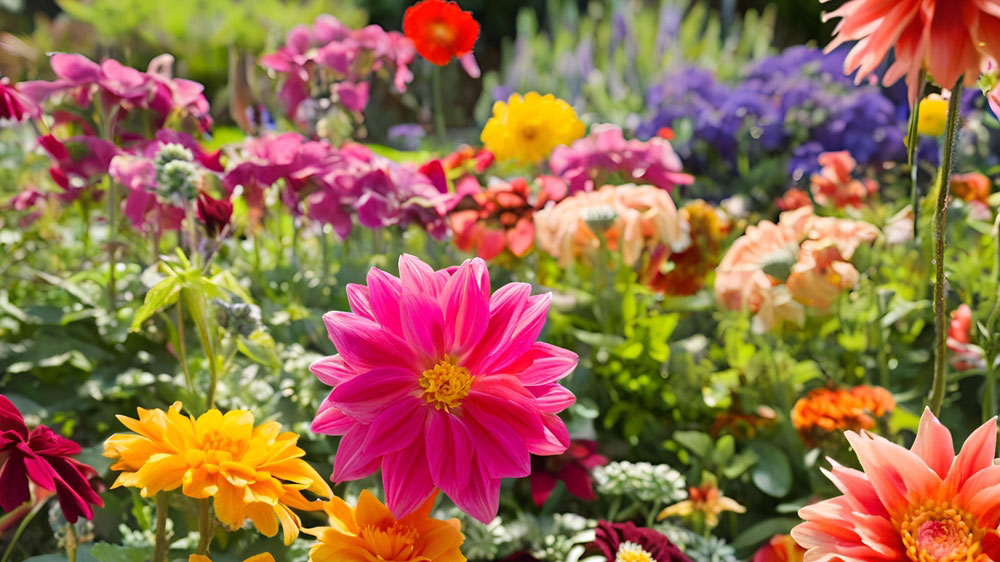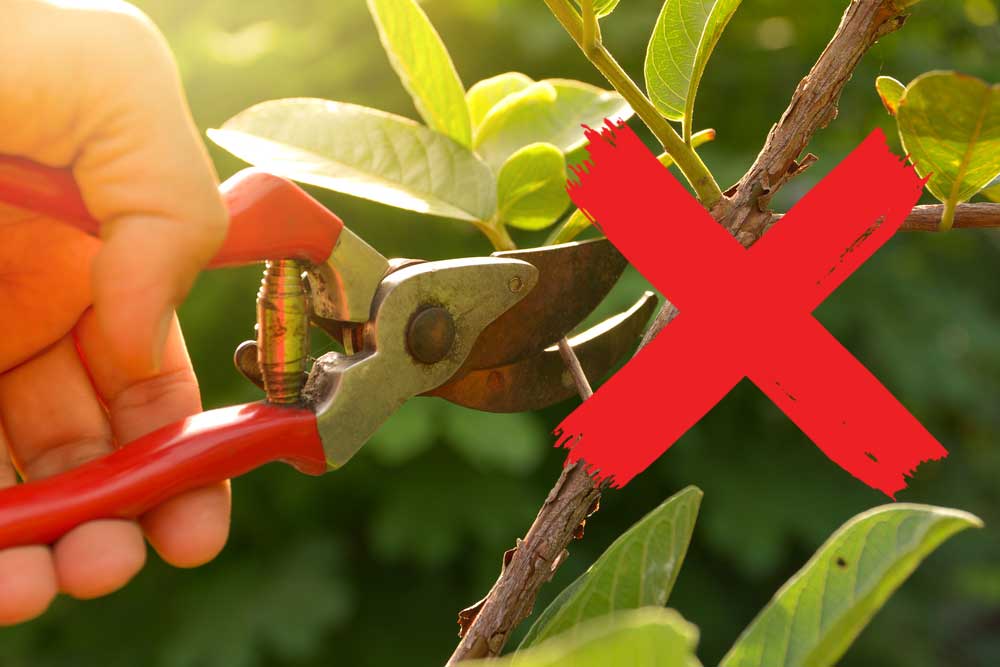
As the fresh breezes of spring begin to sweep away the remnants of winter, it’s tempting to grab your gardening tools and give your plants a thorough pruning. However, while pruning can be beneficial for many plants, there are certain ones that are better off left untrimmed during this season.
Timing is crucial when it comes to pruning, and doing so at the wrong time can hinder flowering or even harm the plant. You might be surprised to learn that some of your favorite plants actually prefer to be pruned at different times of the year, not spring.
Some plants store energy in their stems and leaves that they’ll use to jump into growth when temperatures rise. If you cut them back too early, you can remove these vital energy reserves and reduce the plant’s blooming potential.
Flowers that bloom in the early spring, for instance, have already set their buds the previous year, so pruning in the spring would mean cutting off the flowers before they have a chance to open.
Understanding which plants to leave alone in spring can lead to a healthier garden and a more bountiful display of blooms in the seasons to follow.
Understanding Plant Dormancy
Dormancy in plants describes a period where growth, development, and physical activity are temporarily paused. This state allows plants to survive adverse weather conditions, particularly in winter.
When dormant, plants appear inactive, and their metabolic processes slow down significantly. This is a protective strategy to conserve energy until favorable conditions return.
Here’s what happens during dormancy:
- Metabolic Slowdown: Your plants’ metabolic rates drop to save energy.
- Growth Halt: There is a pause in growth; new leaves or flowers won’t appear.
- Energy Conservation: Nutrients are conserved, and plants use stored energy reserves.
Triggers for dormancy generally include:
- Temperature Drop: As temperatures fall, many plants enter dormancy.
- Light Changes: Shorter days in autumn signal plants to prepare for dormancy.
- Resource Availability: Limited water or nutrients can prompt dormancy as a survival measure.
Certain cues signal the end of dormancy:
- Warmer Temperatures: As it warms up, plants ‘wake up’ from dormancy.
- Increased Daylight: Longer days encourage plants to resume growth.
During this time, it is crucial not to prune as pruning stimulates growth, which the plant is not ready to support. Pruning can also expose the plant to harm from cold weather while it is still weak.
Remember:
- Be patient; your plants know when it’s time to grow!
- Pruning at the wrong time can interfere with the natural cycle and harm the plant.
Spring Pruning Misconceptions
When you hear that spring is the perfect time for pruning, pause and consider that this may not apply to all plants. Your garden’s overall health depends on understanding which plants prefer being pruned at different times of the year.
- Hydrangeas: Bigleaf (Hydrangea macrophylla) varieties form blooms on old wood; pruning them in spring risks cutting off flower buds.
- Lilacs: Similar to hydrangeas, Syringa vulgaris sets the next year’s buds just after the current blooms fade. Spring pruning would mean fewer fragrant flowers.
- Azaleas: These vibrant shrubs start developing new buds in summer; a spring snip could minimize their dazzling display.
For example, some people think trees and shrubs can only be pruned when they’re dormant, but some species, such as magnolias and birch trees, can bleed sap if pruned too early in the spring. Here’s a quick checklist for you:
| Do Not Prune in Spring | Prune After Flowering |
|---|---|
| Oak to prevent Oak Wilt | Flowering Quince |
| Maple to avoid excess sap | Forsythia |
| Walnut to prevent sap loss | Rhododendron |
Remember, for many plants, pruning during late summer, fall, or even after flowering provides the best results for plant health and bloom maximization. Check individual plant requirements, or seek advice from a horticulturist or arborist to ensure you’re giving your garden the best care possible.
Trees Not to Prune in Spring
When spring arrives, it can be tempting to start pruning your trees, but some species are best left untouched. These trees have specific growth cycles and pruning them at the wrong time of year can expose them to disease or inhibit their growth.
Japanese Maple
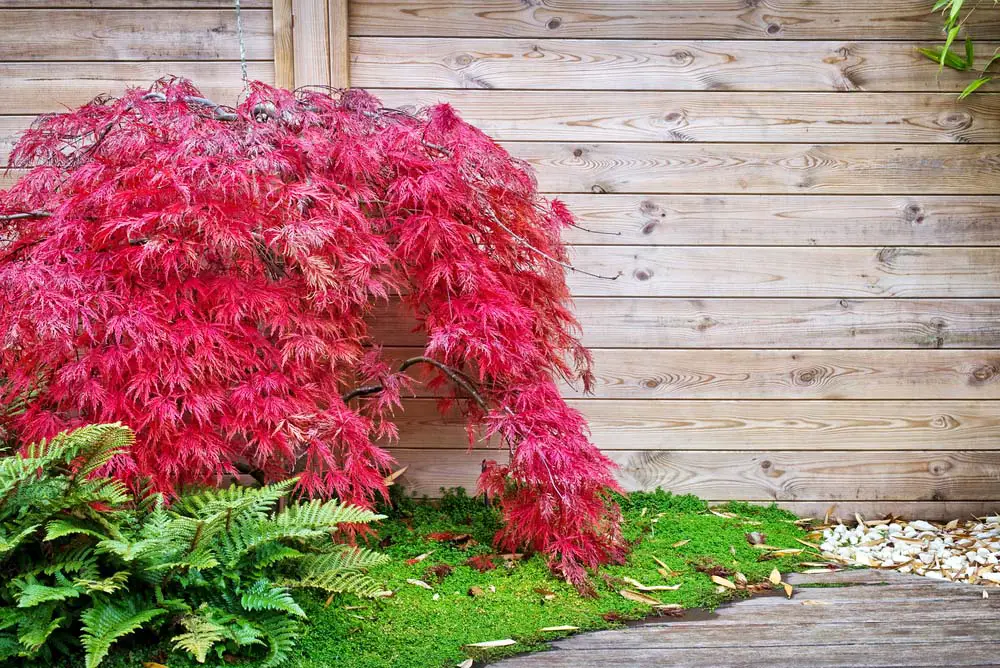
Japanese Maples (Acer palmatum) should avoid the snip in spring because they are prone to bleeding sap. This can weaken your tree and create an entry point for diseases.
Dogwood
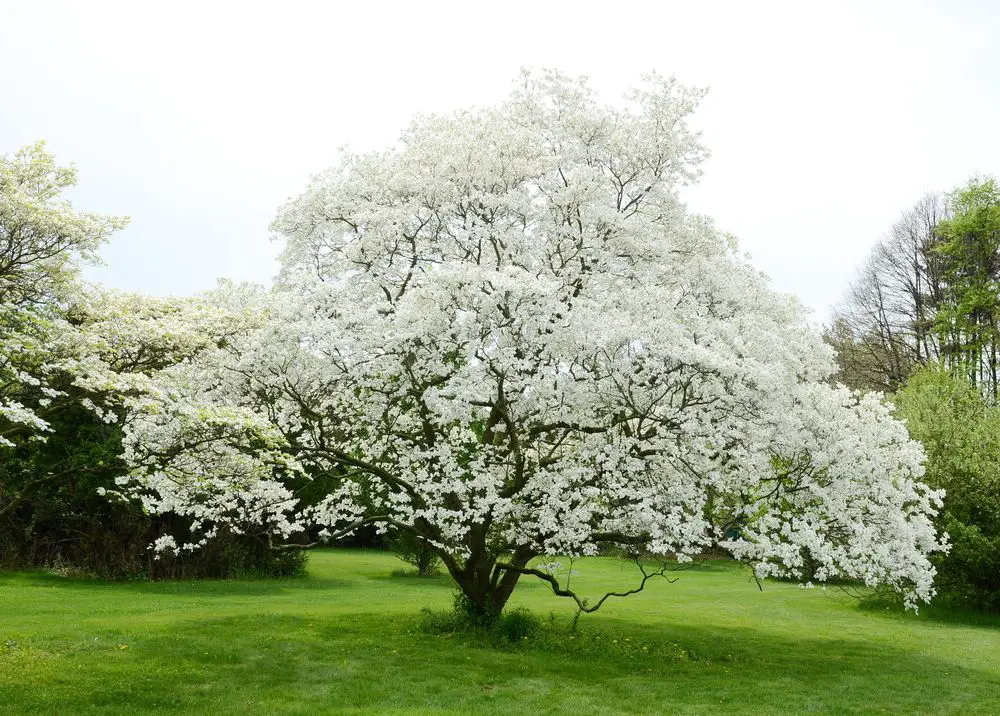
With Dogwood trees (Cornus spp.), it’s crucial to wait until after their flowering cycle as pruning too early can cut off the year’s blossoms, denying you their beauty.
Birch
Birch trees (Betula spp.) also bleed sap heavily if pruned in spring. Best to schedule a pruning session in late summer or autumn after the leaves have fully developed.
Walnut
Walnut trees (Juglans spp.) are susceptible to fungal diseases, which can spread rapidly if you prune when fungal spores disperse in spring. To keep your tree healthy, prune it when it’s less vulnerable.
Cherry
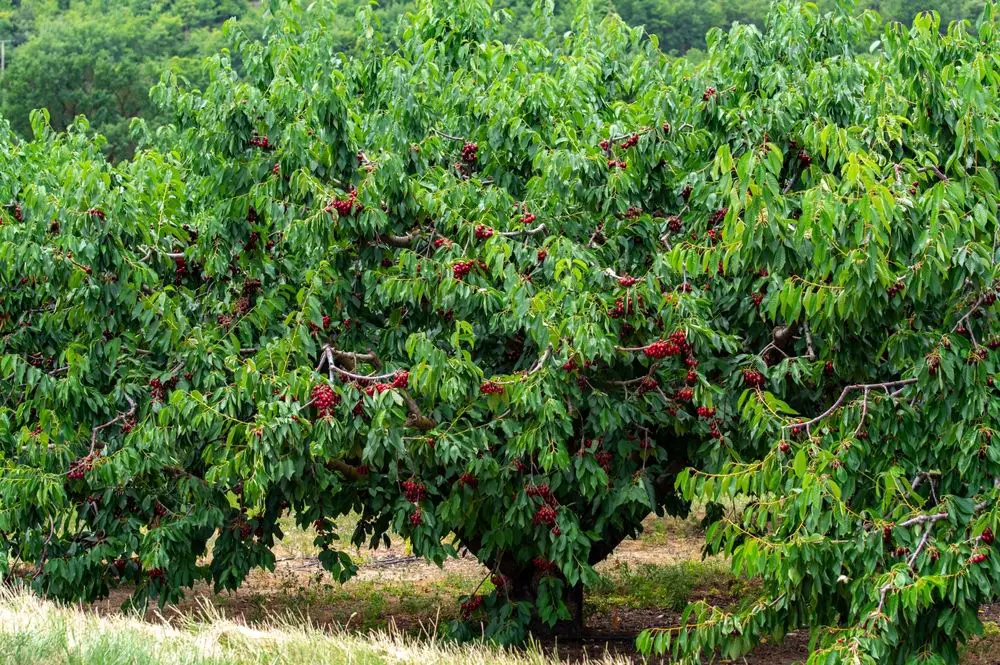
Lastly, Cherry trees (Prunus spp.) should be left alone because pruning in spring can also lead to sap loss or disease. Enjoy their blossoms; prune later when the risks are lower.
Spring-Flowering Shrubs to Leave Alone
When your spring-flowering shrubs are in bloom, it’s best to admire their beauty and leave the pruning shears in the shed. Pruning them now can often result in a loss of the current year’s flowers.
Forsythia
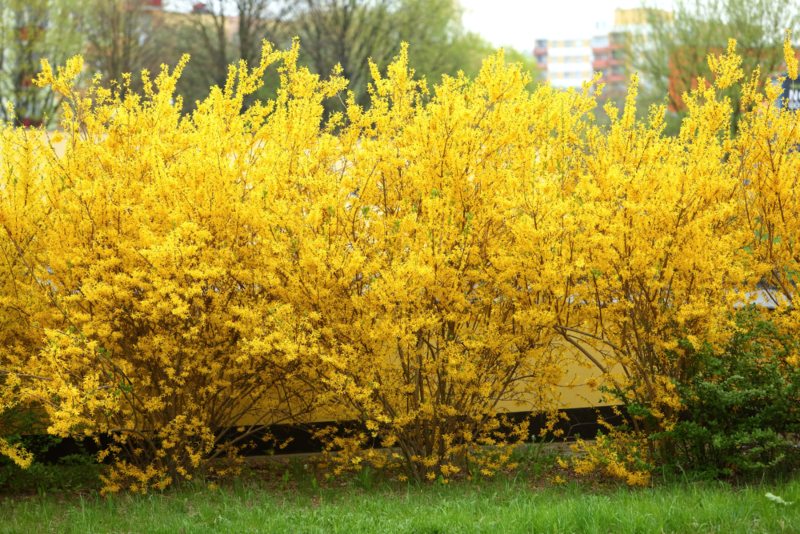
Forsythia bloom on last year’s growth, so pruning in spring would remove the blossoms that are about to emerge. Wait until after the flowers have faded to trim if necessary.
Azalea
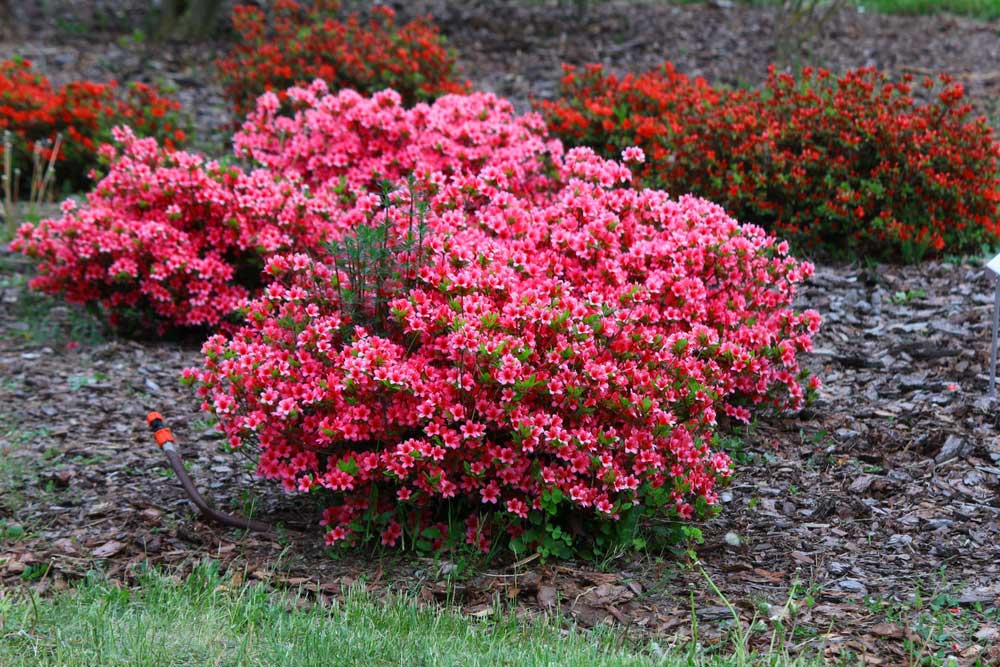
With Azaleas, each bud has been forming since last summer to grace your garden with a burst of spring color. Prune these shrubs only after the blooms have spent to avoid cutting off the year’s showcase.
Rhododendron
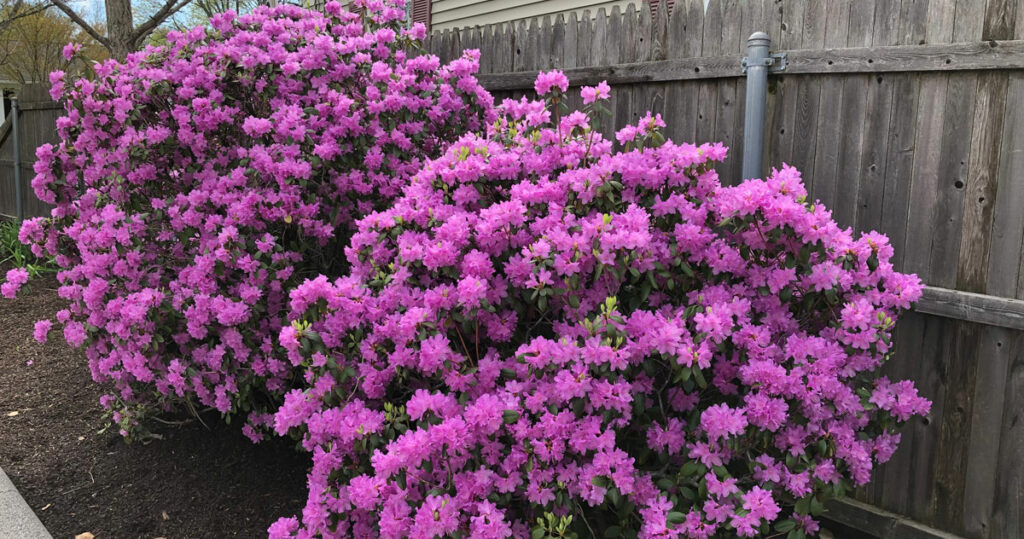
Like Azaleas, Rhododendrons also set next year’s flower buds by early summer. Pruning them in spring can significantly reduce floral displays, so hold off any major cutting until after the blooming period.
Lilac
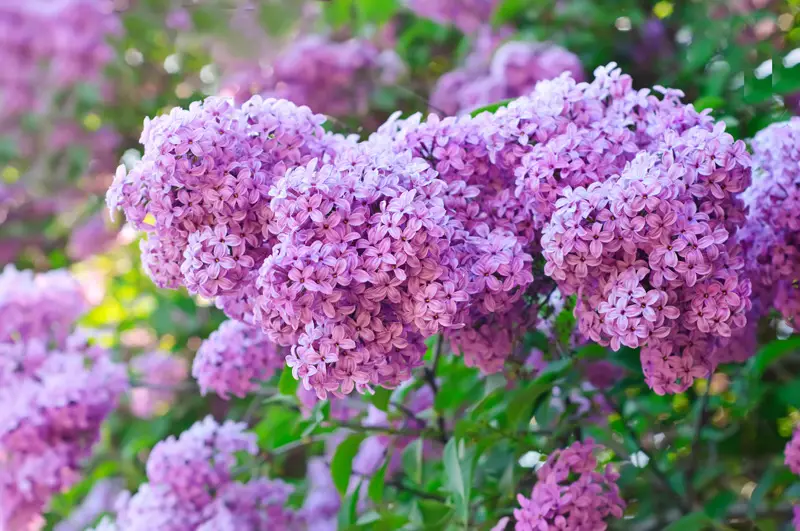
Lilac bushes are known for their fragrant flowers which appear on old wood. If you prune during spring, you’re likely to cut away this year’s blooms. Best practice is to prune right after the flowers have faded and not before.
Perennials to Avoid Cutting Back
In spring, your garden wakes up, and so does the urge to tidy up and trim. However, certain perennials benefit from keeping their old growth to protect new shoots. Here are a few you should leave untouched.
Peony
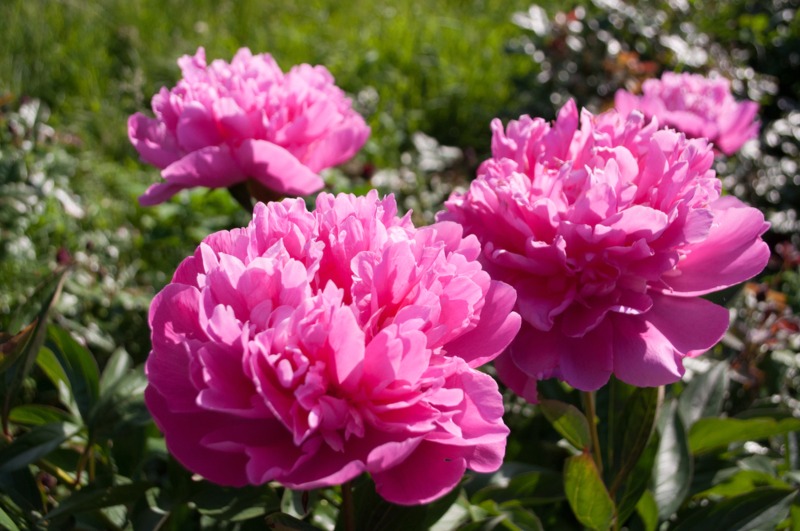
Peonies need their old stems to shield the tender new buds from unexpected frosts. Wait until the frost danger has passed before cutting back old growth to avoid damaging the plant.
Lavender
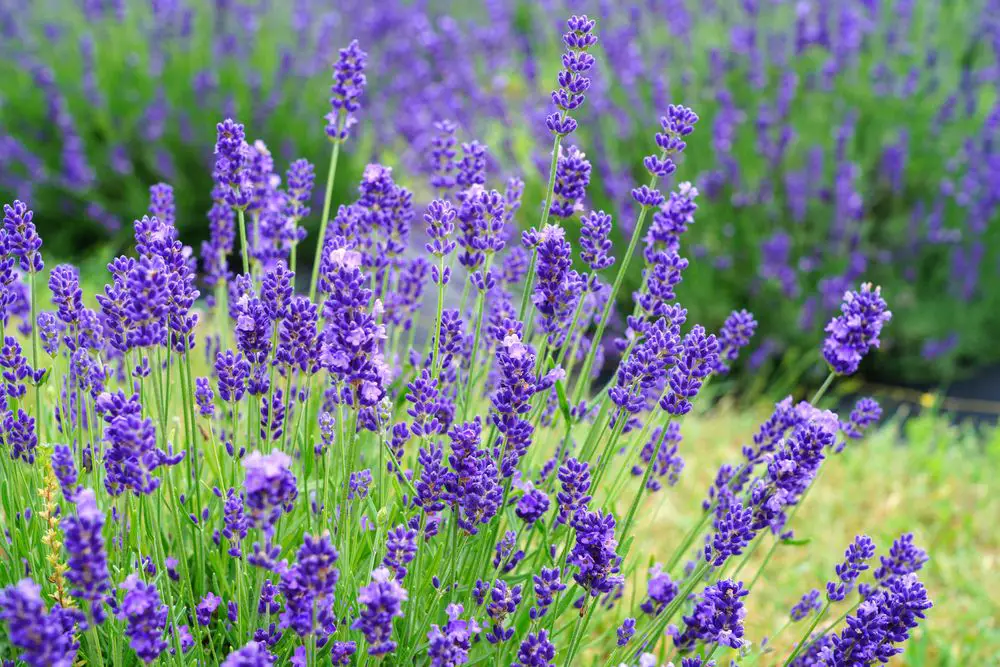
For your Lavender, pruning in spring can lead to a weaker plant. Instead, trim lightly in early summer after the first flush of blooms to keep it compact.
Russian Sage
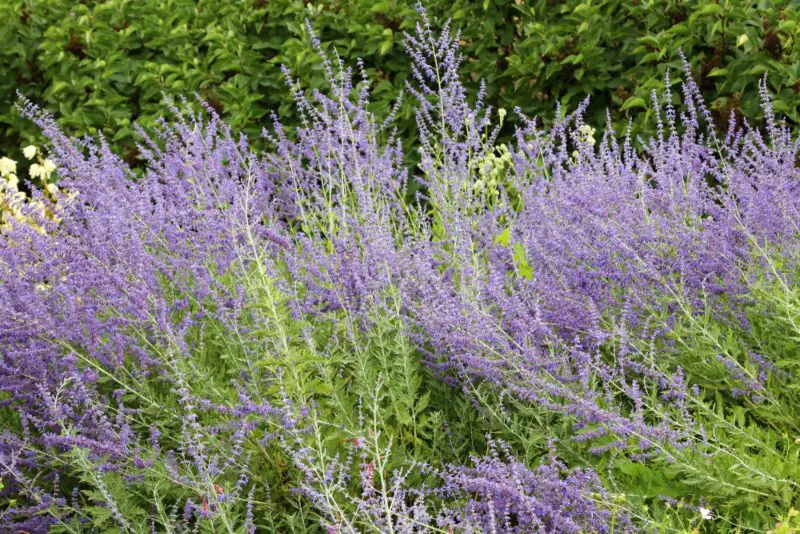
Pruning Russian Sage too early in the spring can cause it to grow back less vigorously. It is best to cut it back by one-third after new growth has started to appear.
Sedum
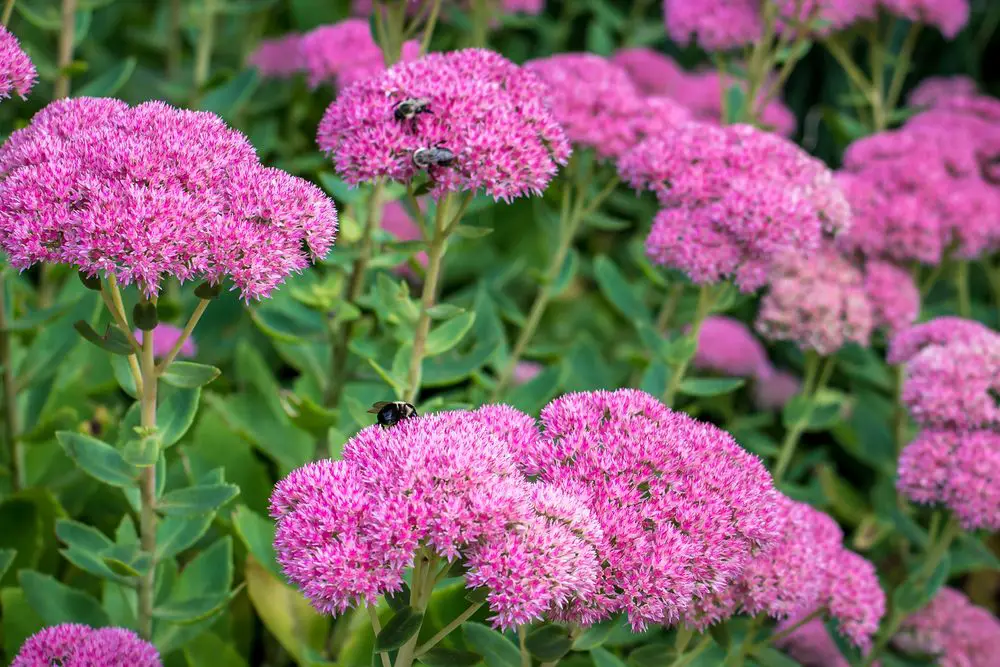
Sedum varieties, especially the tall ones, have a striking presence through frost, with seed heads offering winter interest. Don’t prune these in spring; any clean-up should be done after new growth starts, and even then, only to remove dead tissue.
Conifers and Evergreens
Conifers and evergreens have their growth cycles, and spring pruning can disrupt their natural development. Here’s what you need to know about handling Spruce, Fir, and Juniper during this season.
Spruce
- When to Prune: Prune spruce trees in late winter or early spring when they are still dormant, but avoid spring as new growth could be harmed.
- Specifics: Never trim the branch tips where new buds form, as this can halt the natural shape of future growth.
Fir
- Best Practice: Hold off pruning Firs in spring to avoid cutting off the tree’s future growth points.
- Care Tip: If you must remove dead or damaged branches, do so with care to prevent unnecessary stress on the tree.
Juniper
- Trimming Time: Like other conifers, Junipers should not be pruned in spring because it can result in weak new shoots and less dense foliage.
- Caution: Be especially careful not to prune back to old wood as Junipers do not readily sprout new growth from old stems.
Climbers and Vines Not for Spring Pruning
Pruning climbers and vines at the wrong time can hinder their bloom potential. Certain species, including Wisteria, Clematis, and Honeysuckle, are best left unpruned in spring to ensure a full and vibrant display later in the year.
Wisteria
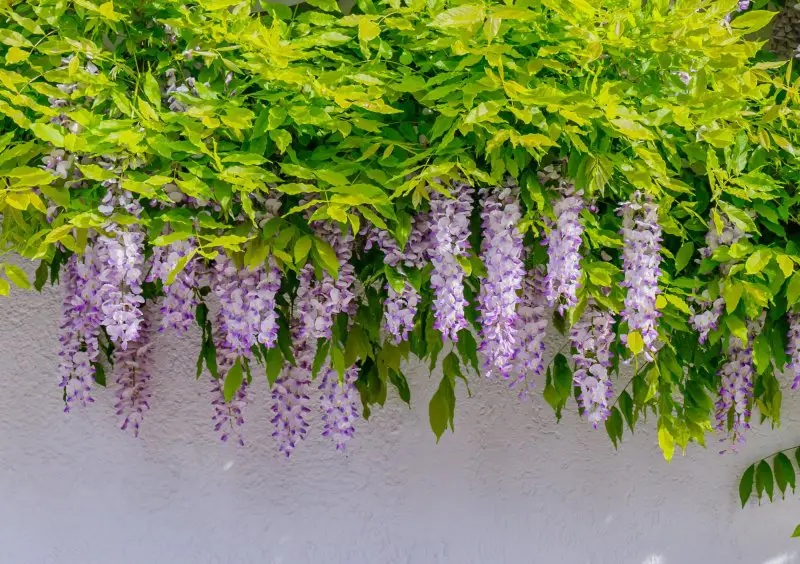
Your Wisteria benefits from a summer or winter trim to shape it and control its growth. Avoid spring pruning as it’s likely to cut off the flower buds, reducing the plant’s blooms.
Clematis
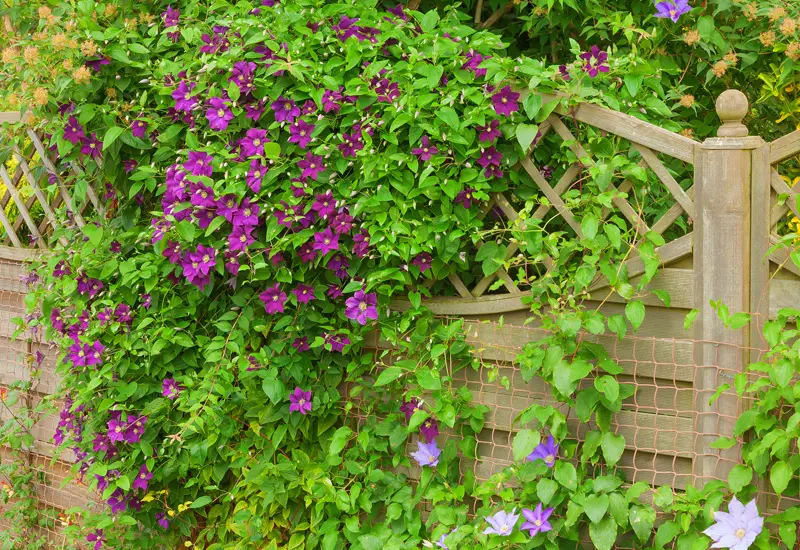
Clematis vines are somewhat complex, with three distinct pruning groups. However, as a general rule, refrain from pruning in spring until after they bloom to prevent inadvertently removing the current year’s flowers.
- Group 1: Early-flowering varieties that bloom on the previous year’s growth.
- Group 2: Large-flower hybrids which may have a first flush of blooms in early summer on last year’s growth, then later blooms on new growth.
- Group 3: Varieties that bloom in late summer, on the current year’s growth.
Honeysuckle
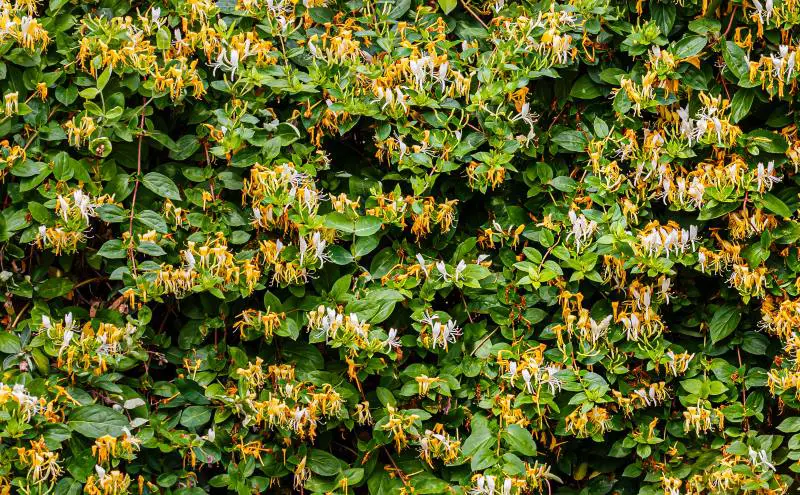
Honeysuckle is a vigorous climber, and while some light pruning might be needed, it’s generally recommended to prune right after flowering in late summer or fall. This timing ensures that you preserve both the shape and the upcoming blooms.
Cautions for Pruning Ornamental Grasses
When managing your ornamental grasses, timing is key. Prune too early, and you might remove new shoots; too late, and you may stunt flowering.
Here are some tips:
- Timing: Wait until late spring to prune.
- This allows your grasses to emerge from dormancy and start new growth.
- Recognizing New Growth: Look for new green shoots at the base.
- These indicate it’s still too soon to prune.
Tools to Use:
- Long-handled shears for tall grasses
- Hand pruners for precision
How to Prune:
- Gather the grass into bunches.
- Cut about 4-6 inches above the base.
- Remove dead material from the center if necessary.
Safety First: Always wear gloves.
Ornamental grasses can have sharp edges that might cut your hands.
Remember, your ornamental grasses are not only plants but also habitats.
Insects and small animals may rely on them during winter, so pruning in late spring ensures you don’t disrupt these creatures too early in the season.
The Right Time to Prune These Plants
When contemplating pruning, it’s crucial to acknowledge that each plant has its ideal timeframe. Pruning at the wrong time can inhibit blooming or even harm the plant.
Below is a guide for the best times to prune common garden plants that should not be pruned in spring.
- Oak Trees: Prune in late winter when they’re dormant to prevent the spread of oak wilt.
- Maple Trees: Late spring is optimal, as pruning in early spring can lead to excessive sap flow.
- Azaleas: Trim these just after their spring blooming season to avoid cutting off next year’s buds.
| Plant | Best Time to Prune |
|---|---|
| Birch Trees | Late fall or mid-winter |
| Walnut Trees | Late fall, when sap is not actively flowing |
| Magnolias | Soon after their blooming cycle ends in late spring/early summer |
| Hydrangeas (macrophylla and quercifolia varieties) | Directly after summer blooms, before August |
| Dogwood Trees | During dormancy in late fall or mid-winter |
| Lilacs | Right after flowers fade in late spring to encourage next year’s blooms |
| Forsythia | Shortly after they finish blooming in spring to shape the plant |
Remember, light trimming and removal of dead wood can be done at any time, but major cuts are best left for the plant-specific periods noted above. This approach helps maintain the health and beauty of your garden.





